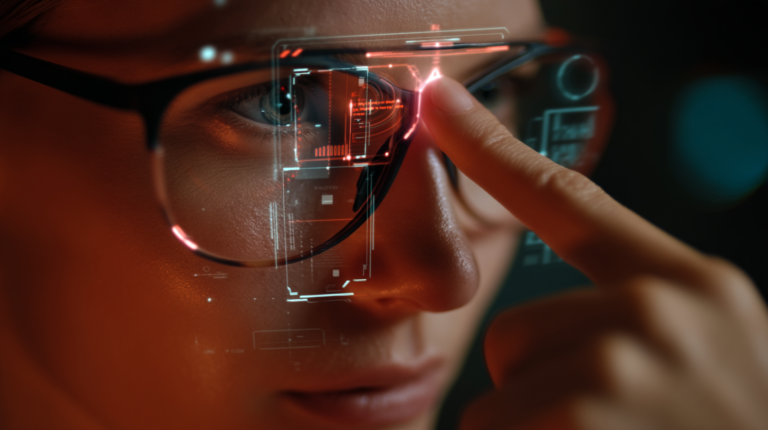In recent years, the world has witnessed an alarming increase in ecological issues, such as climate change, air pollution, deforestation, and biodiversity loss. While governments, businesses, and individuals are taking steps to address these challenges, more needs to be done to accelerate the transition towards a sustainable future. One organization that is leading the way in this effort is Driving the Human, a research and innovation program that brings together scientists, designers, and engineers to develop innovative solutions for ecological issues.
Driving the Human’s approach is to use a human-centered design process to develop solutions that are both sustainable and accessible to people from all walks of life. Their team works closely with local communities and stakeholders to understand their needs and develop solutions that can be easily integrated into their daily lives. They have already developed several projects that are making a positive impact on the environment, including the following:
- AIRchitecture: This project aims to improve air quality in urban areas by using plants to filter the air. The team has developed a system that can be installed on the facades of buildings, which uses AI algorithms to optimize the placement of the plants and ensure that they receive the right amount of light and water.
- Smart Forest: Deforestation is a major environmental issue, and Driving the Human’s Smart Forest project aims to address this by using AI and sensor technology to monitor and manage forests. The system can detect changes in temperature, humidity, and other environmental factors, and use this data to inform forest management decisions.
- BioFabbing: This project explores the use of biotechnology to create sustainable materials and products. The team is developing a process for growing biodegradable materials, such as fungi-based leather, which could help reduce waste and pollution in the fashion industry.
These are just a few examples of the innovative solutions that Driving the Human is developing to address ecological issues. In addition to using advanced technologies such as AI, the organization’s approach is also rooted in social and cultural considerations, which are crucial to creating solutions that are effective and sustainable in the long term.
AI plays a crucial role in Driving the Human’s approach to developing sustainable solutions. By using machine learning algorithms, AI can help optimize processes and make them more efficient, reducing waste and energy consumption. AI can also analyze vast amounts of data to identify patterns and trends that humans may not be able to detect, which can inform more effective decision-making and resource management.
Furthermore, AI can also help predict the environmental impact of human activities, such as urbanization or changes in agricultural practices, which can help prevent negative outcomes and ensure that these activities are sustainable in the long term. This data can then be used to inform policy decisions and drive change at a larger scale.
In conclusion, Driving the Human is a prime example of how innovation and technology can be leveraged to address ecological issues. Their approach to human-centered design, combined with the use of AI and other advanced technologies, is creating sustainable solutions that can make a real difference in the world. As more organizations follow their lead, we can hope to see a brighter and more sustainable future for our planet.










